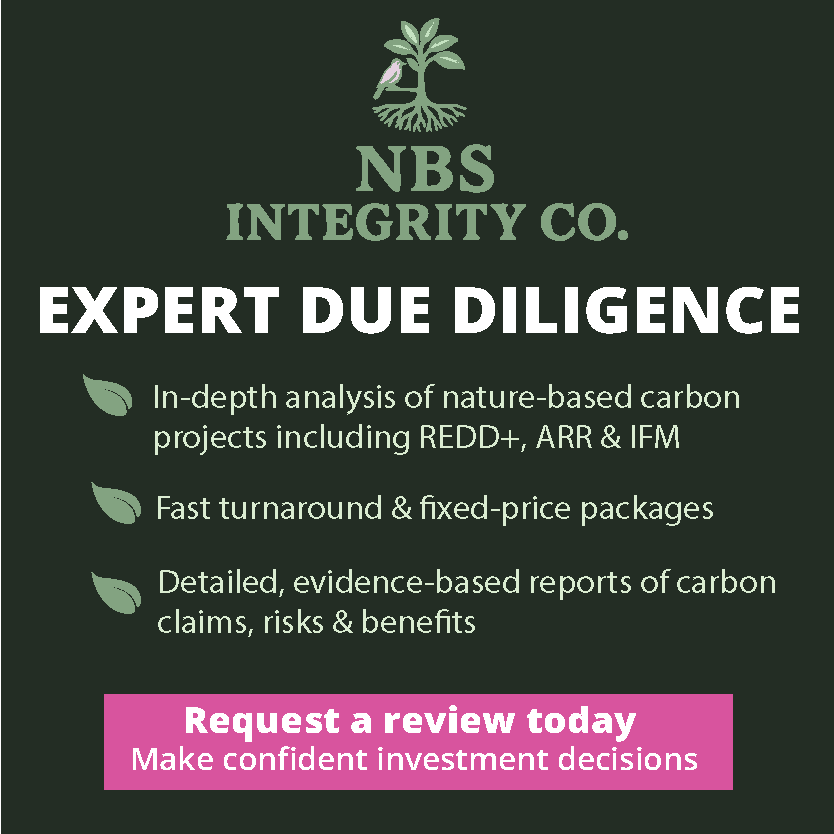Washington state has begun writing rules that will require its largest emitting installations to curb their GHG output, the Department of Ecology announced on Monday, adding that compliance options will include a carbon market and offset scheme.
The department is targeting any installation that emits more than 100,000 tonnes of CO2e annually – criteria that would apply more than 40 power plants, industrial factories, natural gas distributors, petroleum producers, metal manufacturers and waste facilities, which collectively account for around 60% of the state’s GHG emissions.
Click here to see a list of state entities that currently emit above this threshold.
“Regulated businesses would have a broad range of compliance options. In addition to gradually reducing their carbon pollution, businesses could obtain or trade credits from others, or fund projects that reduce carbon pollution,” the department said in a press release, without giving further details.
“Washington is particularly vulnerable to a warming climate. Communities depend on snow-fed water supplies to provide drinking water, irrigation for agriculture, and almost 75% of the state’s electrical power,” it added.
The Department of Ecology will hold a series of public meetings and hearings from October through to Q1 2016 to gather input from affected parties.
A draft of Washington’s Clean Air Rule is expected to be published by December, with a final version to be completed by June 2016.
INSLEE’S SECOND ATTEMPT
Earlier this summer, Governor Jay Inslee directed the department to strengthen existing rules and set GHG limits under the state’s Clean Air Act in order to meet the emissions reduction targets passed by Washington’s legislature in 2008.
That was after his initial proposal for a state-wide carbon market was rejected by Washington legislators earlier this year amid claims that it would hurt consumers and opposition from industry.
The bill had backing in the Democrat-controlled House, but met resistance in the Republican-held Senate.
Inslee had intended to use the revenue from CO2 permit sales to in part fund improvements in the state’s transportation infrastructure, but Senate Republicans instead approved an 11.7-cent increase in Washington’s gasoline tax to pay for the transportation bill, dealing a massive blow to the governor’s plan.
Inslee’s proposal would have applied to more than 130 installations, more than three times the number expected to be affected by the Department of Ecology’s rules.
The state in 2008 pledged to bring its GHG emissions back to 1990 levels by 2020, to cut them by 25% by 2035, and then to halve them by 2050.
But under the US EPA’s new Clean Power Plan rules, and despite having amongst the lowest levels of carbon intensity in its power generation in the entire US, Washington will have to cut emissions 70% below 2005 levels by 2030 – more than any other state.
This is in part due to an existing plan to phase out by 2025 Washington’s Centralia plant, the state’s only remaining coal-fired power station, which provides around 70% of the state’s electricity needs.
Centralia will not be included in the Department of Ecology’s GHG limits because its decommissioning has already been scheduled.
By Mike Szabo – [email protected]
Not yet signed up to CP Daily? Subscribe to our free newsletter here




